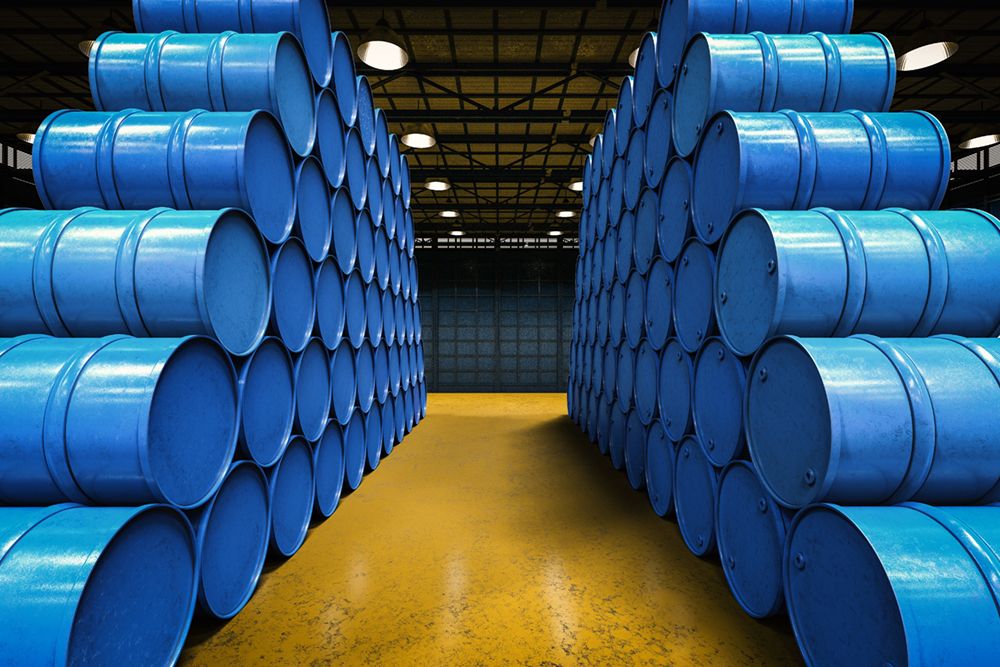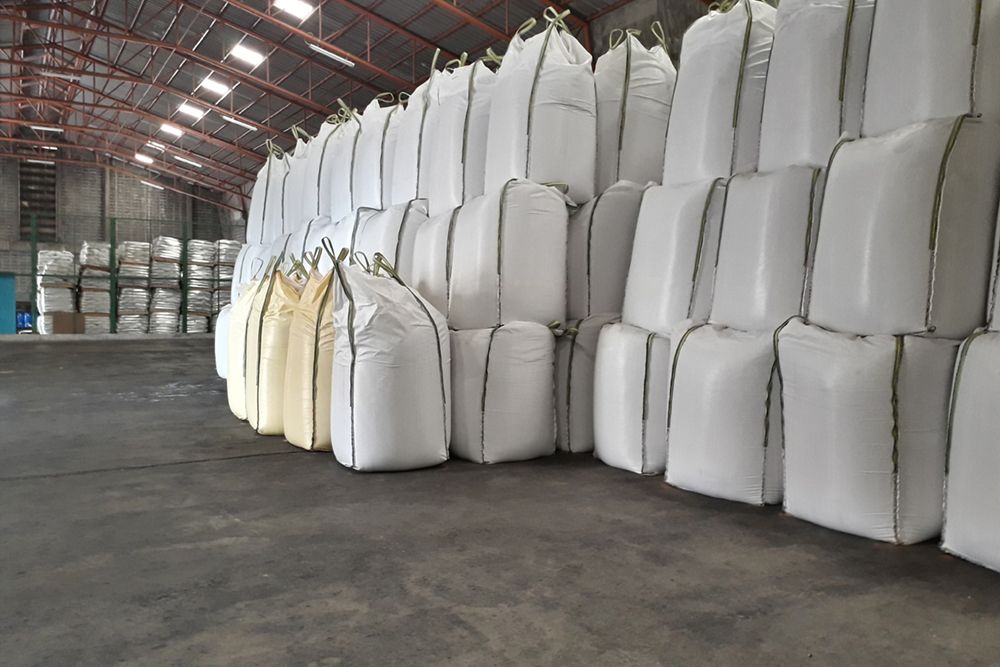An frequently overlooked hazard: the explosive atmosphere
The importance of the ATEX Directives in the workplace
One of the highest, and too often underestimated, risks in the workplace is that of explosions that can occur in the presence of an explosive atmosphere.
What's an explosive atmosphere?
According to Legislative Decree 81/2008, an explosive atmosphere is defined as a mixture with air, under atmospheric conditions, of flammable substances in the state of gases, mists or dusts in which, after ignition, combustion spreads to the entire unburned mixture.
When certain flammable substances come into contact with the plug under certain atmospheric conditions, combustion occurs.
Explosive atmospheres have dynamics and risk levels that vary depending on the type of materials, their concentration, expansion or constriction of gases: these factors determine the extent of damage that can be caused to structures and workers.
Where's an explosive atmosphere present?
The risk of an explosive atmosphere is present in many industrial activities such as :
Storage and processing of cereals, flour, sugar in the food industry
Spinning in the textile industry
Carpentry and woodworking
Chemical and petroleum industry
Pharmaceutical industry
Metal industry
Gaseous, liquid, solid, natural gas or LPG fuel deposits
Combustible gas compression or decompression plants
Production and storage of paints, enamels, dyes
Car workshop
Distilleries, spirits and perfume production
Companies that are listed are obliged to classify explosion risk locations, draw up an Explosive Risk Assessment Document, and adapt plant and work equipment to the ATEX Directive.



What's ATEX Directives?
The term ATEX comes from the union of two French words ATmosphères EXplosive (explosive atmospheres) and is conventionally adopted by the European Union for the regulation of equipment and apparatus intended for use in explosive atmospheres.
Manufacturers of professional equipment are therefore obliged to comply with ATEX Directive 143 (2014/34/EU) and ATEX 153 (1999/92/EC).
The ATEX Directive 153 in the field of occupational health and safety defines and classifies hazardous areas (HAC) according to the presence of gases or vapours (EN 60079-10-1 - Zone 0, 1 and 2) or dust (EN 60079-10-2 - Zone 20, 21 and 22).
Systematic reviews of ATEX installations and the use of certified equipment are therefore required in these areas.
The ATEX Directive 143 imposes ATEX certification on all products marketed in the European Union from 2016 if they are installed and used in explosive environments.
When to choose ATEX-certified equipment?
As we have seen, the ATEX Directive requires certification on equipment used in areas classified as explosive or, which may become explosive as a result of gas, petrol or oil leaks, increased temperature or pressure.
The regulation also covers, of course, complementary equipment that works in contact with metals, which can generate sparks and, therefore, ignition as a result of gas, petrol and oil leaks.
In the chemical and petroleum industries, in gas compression or decompression plants, in fuel depots manholes and manhole covers are present on a large scale. For this reason, lifting and handling manholes are also considered particularly risky from the point of view of the explosive atmosphere.
Using ATEX-certified manhole openers means making manhole opening operations safe for workers and the environment.
What are ATEX openers?
The new manhole cover lifter Valifter, designed and patented by Feda, complies with the provisions of the Atex Directive 2014/34/EU, for use in ZONE 1 and ZONE 2.
Liftop certified for ergonomics Ergocert suitable for handling manhole covers of all sizes, and Simplex designed for manhole covers up to 60 cm in diameter.
Both trolleys are capable of lifting manhole covers of any shape and material because they utilise both magnetic and mechanical technology.
ATEX certification therefore also covers the docking systems that complete the functionality of the truck: the Hook and the magnet Rhino Slim Dumped.